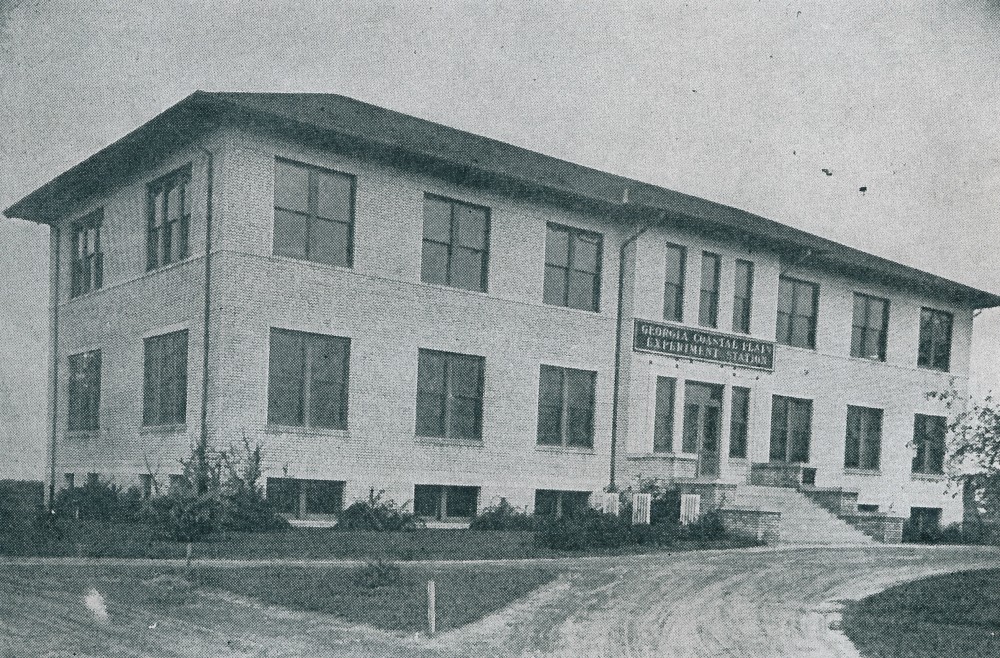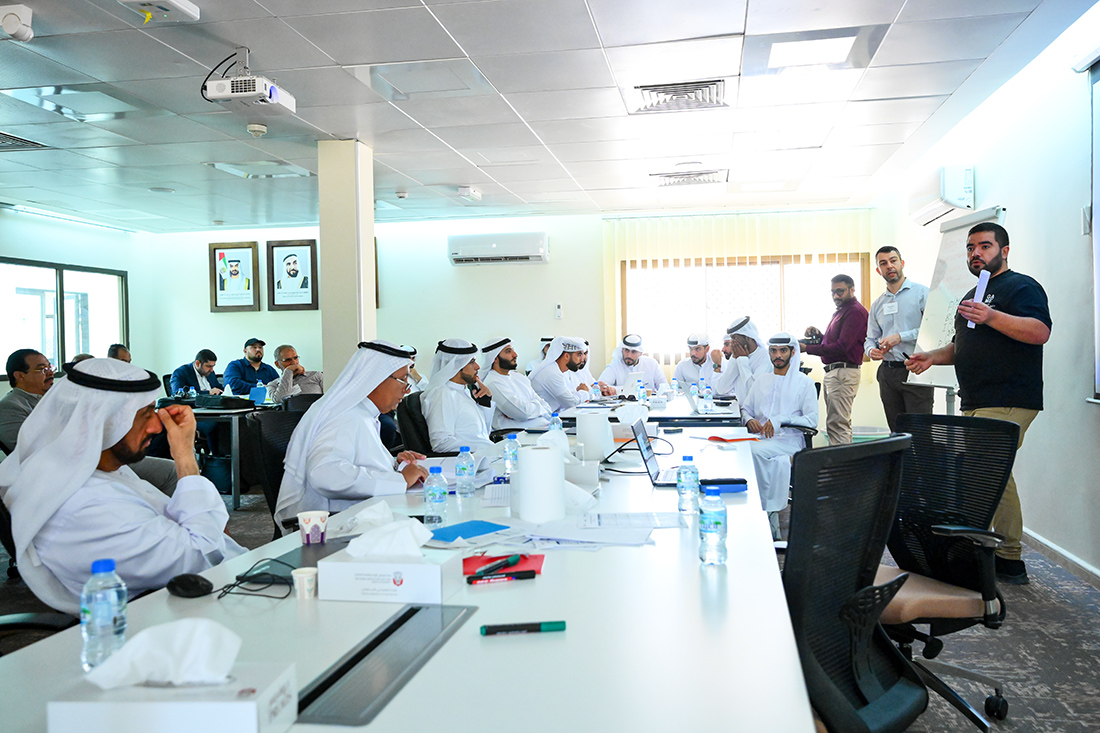
To meet the needs of a rapidly changing agricultural landscape and a growing campus population, the University of Georgia Tifton campus is undergoing crucial infrastructure upgrades to bring its more than century-old facilities up to 21st-century standards.
Michael Toews, assistant dean for the College of Agricultural and Environmental Sciences on the Tifton campus, said the renovations will both encourage innovative research programs and create an environment where faculty can thrive for the next 100 years.
“This is the premier destination for applied agricultural sciences,” said Toews. “With a blend of renovated classrooms, labs and access to land, faculty have the freedom to focus on their research rather than logistical constraints.”
The campus was originally founded in 1918 as the Coastal Plain Experiment Station. More than a century later, UGA-Tifton continues to serve Georgia growers as a model where researchers develop and test new crop varieties and farming practices tailored to the region. The campus is also home to the National Environmentally Sound Production Agriculture Laboratory, or NESPAL, an interdisciplinary research collaborative that develops agricultural methods that safeguard natural resources.
Fundamental infrastructure renovations underway
Like many land-grant universities across the country, the infrastructure at UGA-Tifton has struggled to keep pace with the demands of modern research. Toews explained that aging laboratories, outdated equipment and limited resources can hinder conducting cutting-edge science. As the number of faculty, graduate students and postdoctoral researchers on the campus increases each year, he explained that growth potential will be predicated on the ability to expand and upgrade.
The logistics for updating the campus have been in the works for nearly a decade, said Toews, whose main priority is to provide the best resources and facilities to support a growing faculty, which has added five new faculty members per year from 2021 through 2023— a pattern expected to continue in 2024.
The first phase of renovations created 64 new graduate student office workstations on campus and outfitted 10 greenhouses with new grow lights, irrigation and computer controllers.
Phase two, which began this summer, includes constructing a new information technology head-in building and upgrading the extensive high-speed fiber-optic network cable on campus. As CAES scientists perform increasingly data-driven research, often working with entire plant and animal genomes, the new network will allow them to move that critical information much faster, Toews explained.
Another critical upgrade is replacing and expanding the outdated water system to supply buildings, labs, greenhouses and field spaces with the most fundamental resource for growing and maintaining plant science research: water.
The investment in renovations has totaled $5.7 million since Toews became assistant dean in March 2020.
“Now we have energy-efficient structures designed to accommodate newer technologies and more robust research methods, and laboratories are equipped with advanced instrumentation and computational abilities, allowing faculty and students to delve deeper into their inquiries,” he said.
Strategic academic and financial partnerships

One of the more dynamic aspects of his role as assistant dean is curating valued partnerships with government agencies, educational institutions, and private businesses, Toews said.
One of the oldest partnerships — dating back to 1924 — is with the U.S. Department of Agriculture’s Agricultural Research Service (USDA ARS). ARS scientists work in two research units on campus, focused on Southeast watershed research and crop genetics and breeding. Many of those efforts are conducted in collaboration with UGA researchers and Extension faculty.
“With ARS scientists in UGA buildings and UGA scientists working in federal facilities, it’s the strongest state-federal partnership I’ve ever seen,” said Toews. “Virtually all the federal scientists have adjunct appointment status at UGA and serve on graduate student committees. There have been federal scientists based at the experiment station for decades, and that partnership has only strengthened over time. It’s almost seamless.”
Another collaboration is with neighboring, historic Abraham Baldwin Agricultural College (ABAC), an institution Toews said is often assumed to be a competitor for undergraduate student admissions at UGA-Tifton.
“There’s actually less competition than there is opportunity,” he offered. “We’ve just partnered on a $4 million grant to build The Digital and Data-Driven Demonstration Farm (4-D Farm), and I truly believe neither institution could have secured that funding had either applied for it alone.”
Of approximately 200 undergraduate student workers at UGA-Tifton, the vast majority are students from ABAC. “We don’t compete, we synergize,” Toews added.
With the addition of the Tifton Campus Conference Center in 2005, the campus has become an integral part of the local community as well. The conference center draws an estimated 45,000 people to Tifton each year, facilitating a valuable partnership with the Tifton-Tift County Tourism Association, which benefits from the revenue brought by events at the conference center.
The essence of success
A champion for the small-yet-mighty campus, Toews said the compelling secret to the long-standing and growing research programs is the tie to the land. With the campus positioned in the midst of research plots, crop fields and herds of livestock, one has only to step outside to see the results of their work.
“It takes strategic partnerships, constant investment and vision to build a leading academic institution,” said Toews. “I get to work with brilliant faculty and the best students on the planet. Add in our outstanding collaborators and community partners and you can understand what makes this campus such a special place.”
With generous funding from federal grants, industry, state and federal commodity commissions, and the unwavering support of the CAES administration, Toews hopes the renovations will transform UGA-Tifton into a state-of-the-art research hub capable of tackling the complex challenges of the 21st century.



